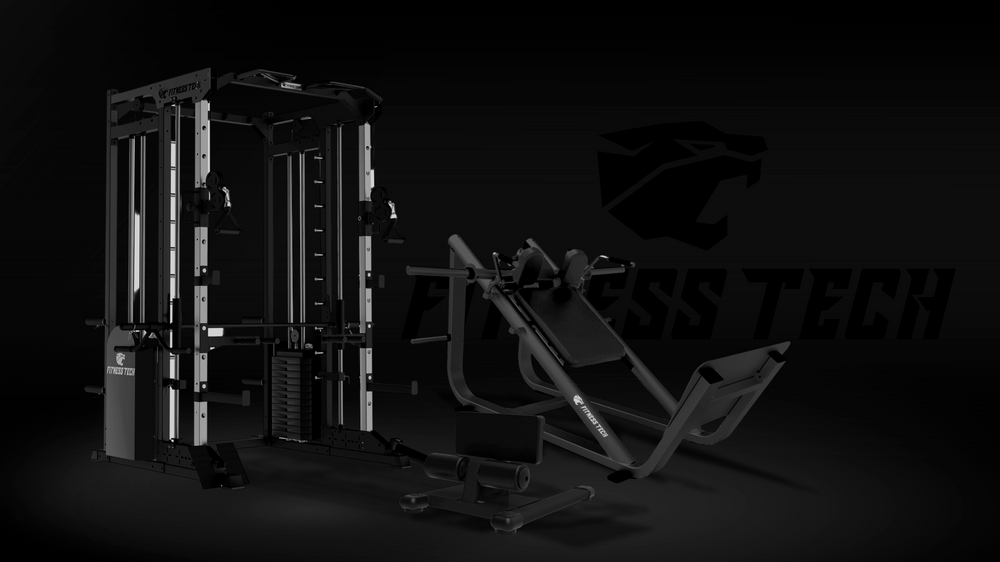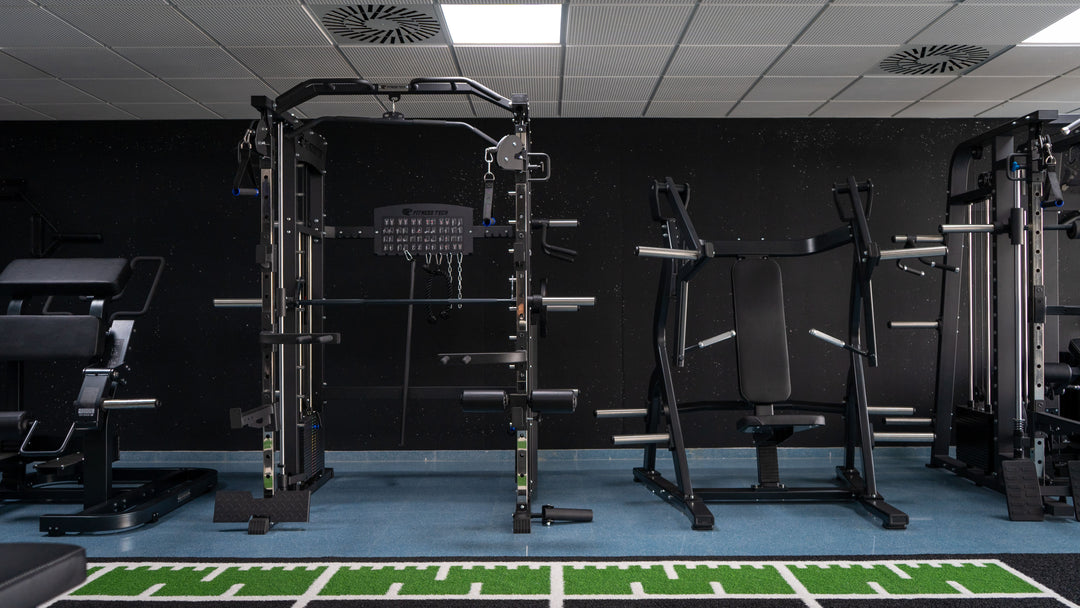What is the difference between a stationary bike and a spinning bike?
Although they are often confused, a stationary bike and a spinning bike are not the same and have important differences in their design and functionality. Both machines are stationary and used for indoor cardio workouts, but each is adapted to different exercise styles and goals.
Key differences between stationary bike and spinning bike
1. Design and structure
- Stationary bike: Designed for low to moderate intensity cardio exercises, it has a more robust structure and is usually equipped with a thicker and wider adjustable seat and handlebar. Its resistance is aimed at controlled pedaling.
- Spinning bike: Designed to withstand high-intensity sessions and pace changes, it has a minimalist design with a lightweight frame and grip pedals, allowing simulation of mountain terrain with climbs and descents. The structure allows the user to stand up and “dance” on the bike, offering greater freedom of movement for intensive workouts.
2. Type of training
- Conventional static: Suitable for cardiovascular endurance exercises at moderate frequency, ideal for users looking to improve endurance or burn calories without high-speed movements.
- Spinning: Used in indoor cycling workouts that follow the rhythm of the music and combine high-intensity intervals, simulating mountain routes. Here, the user alternates between standing and sitting, adjusting resistance and pace according to the music, something not possible on a conventional static bike.
3. Pedaling frequency
- Static: Focused on resistance, its structure and internal resistance are not designed for rapid pace changes or intensive pedaling.
- Spinning: Allows fast pedaling and adjustable resistance to mimic high-intensity intervals and pace changes, which is essential in a spinning class.
Can you do spinning on a static bike?
Not recommended. Although both are stationary bikes, conventional static bikes are not designed for the movements and intensity of a spinning session. Doing spinning on a static bike could compromise safety and increase the risk of injury due to its more rigid structure and lack of adaptability to the high pace of spinning.
Tips for using a spinning bike correctly
For a safe and effective workout:
- Saddle and handlebar adjustment: Place the saddle at hip height and adjust the handlebar slightly higher than the saddle for better support.
- Proper footwear: Use specific indoor cycling shoes that fit well on the pedals and minimize the risk of slipping.
- Warm-up: Before starting, perform basic movements and try different postures to ensure the bike is ready for the session.
If you're looking for a professional spinning bike, you can take a look at our catalog clicking here.






Leave a comment